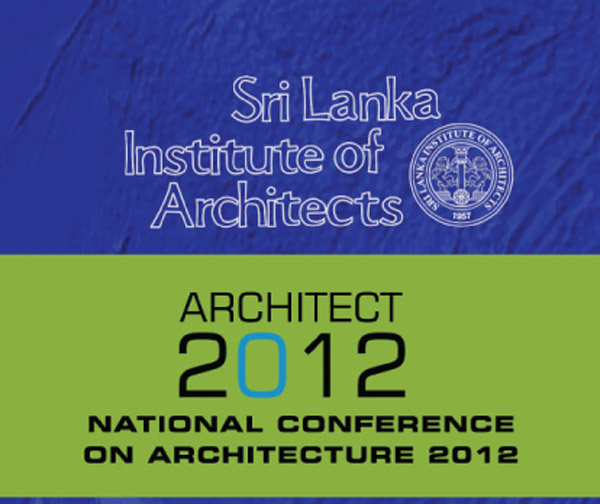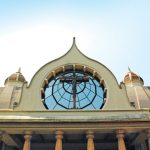The 30th Annual Sessions of the Sri Lanka Institute of Architects will be held at the BMICH from February 22-26, 2012. The public events of the Session are:
The National Conference on Architecture – February 23.
The ARCHITECT Exhibition of Members’ Work and the Trade – February 23–26.
Sri Lanka has a rich cultural heritage which is more than 2500 years old, based on an economic system which developed in perfect harmony with the natural environment. The sustainable built environment and an agricultural system based on reservoir-fed irrigation system resulted in a satisfied community. However, 500 years of Colonial rule as well as a three decade old protracted war against terrorism has hurt the Sri Lankan communities and the economy. With the conclusion of the war it is time to restart National development in a regenerative effort for the current and future betterment of the Nation and its communities.
Housing, Transportation and Tourism sectors are seeing new and greater investments with the Government embarking on several mega projects such as, highways, airports, harbours and housing projects. However, for this process to be ultimately successful, the Government, as the major player, needs to obtain the assistance of other stakeholders, especially professionals in the development of the above mentioned sectors. The development and regeneration of the built environment would essentially require the participation of Architects as visionaries, researchers and advisers at various levels of the implementation process.
In light of this requirement, it is vital to share the global and regional experiences for an ultimately successful solution. What took place in other countries in their march towards development would be very helpful to Sri Lanka and its effort to catch up on the lost time due to internal issues. While being inspired by the achievement of other countries, we have to clearly work out our own approach in working towards a common goal of sustainable development which would satisfy the next generation as well. The following specific issues would be of importance in dealing with the subject:
1. Invigorating public spaces and cities – the national and international experience
2. Rehabilitating residential environments in the underserved areas.
3. Rejuvenating heritage, cultural and sacred areas.
4. Involving the Architect in enriching the built environment within a national and regional context.
5. Transforming a problem into a solution.












